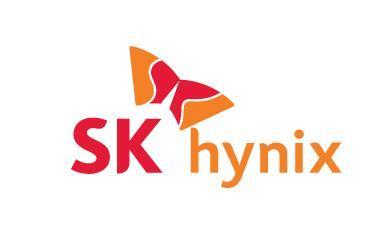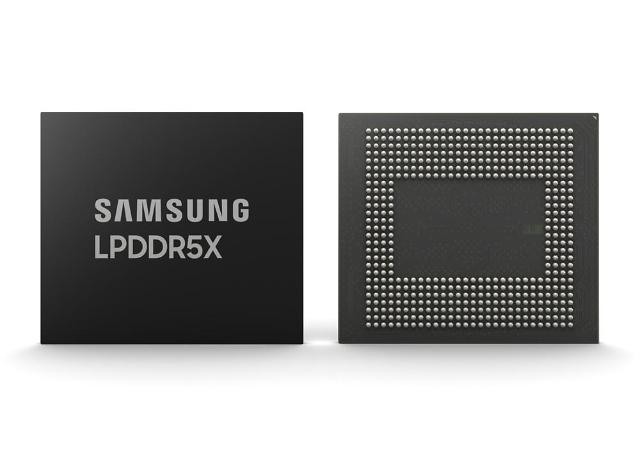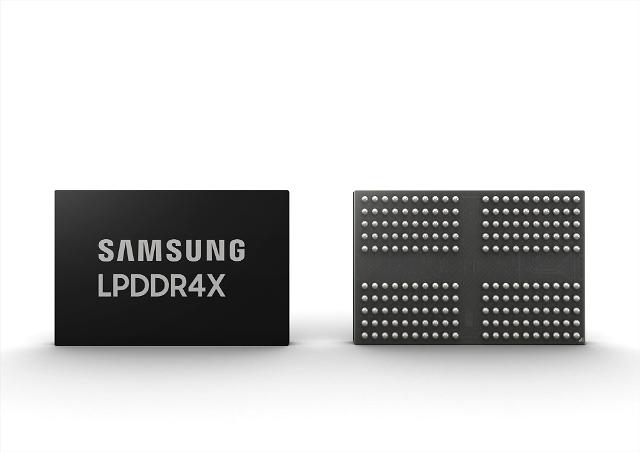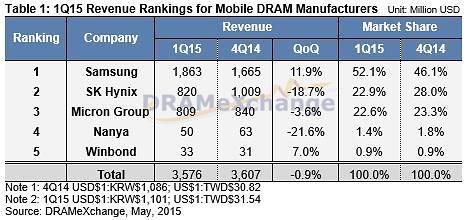
[Courtesy of SK Hynix]
Chinese microchip makers led by XMC are boosting their production capacity in 3D-NAND Flash, the most advanced Flash memory product, to catch up with international competitors such as Samsung Electronics, according to market researchers.
China's share in the global production of 3D-NAND Flash will grow further and may exceed 10 percent before the third quarter of 2017, DRAMeXchange, a memory market watcher, said in a report.
XMC will begin the construction of a new wafer fab at the end of March for production by the start of 2018, with its main strategic product becoming 3D-NAND Flash, it said.
"The commencement of the new fab's construction is an important milestone. While XMC is showing its strong ambition to form its NAND Flash business, the Chinese memory industry is signaling that it is entering the next phase of development after two years of groundwork," Sean Yang, a DRAMeXchange analyst, said.
XMC, which has teamed up with US-based IC house Spansion to build 3D-NAND Flash technology independently, aims to quickly catch up with major NAND Flash suppliers, DRAMeXchange said.
XMC’s future fab is expected to eventually reach a capacity of 200,000 wafers per month, it said, adding any significant rise in XMC's 3D-NAND Flash production will probably take place five to 10 years later.
The fast-tracked formation of a NAND Flash chain in China compels international memory suppliers to increase their strategic investments in China, DRAMeXchange said.
Samsung, the world's largest microchip producer, is expected to secure 40.8 percent of the world's 3D-NAND Flash market this year, it said, adding the mass production of Samsung's third-generation 3D-NAND Flash is set in the second half of this year.
The report comes amid lingering concerns about a worldwide glut and stagnant demand in the industry.
In an analyst note in early March, Nomura downgraded Micron Technology shares on concerns it will continue to underperform until the DRAM industry cuts production.
Nanya Technology president Lee Pei-ing has presented a gloomy forecast saying increased DRAM capacity may result in some pricing uncertainty in the second half of 2016.
For the second half, Lee expects demand for DRAM chips to be stronger than it was in the first half but market conditions are much less clear. The key to pricing is how quickly Samsung and other suppliers ramp up new capacity.
A price drop of 20-30 percent is possible, but if new capacity is ramped up quickly prices could drop 25-40 percent, he said.
Aju News Lim Chang-won = cwlim34@ajunews.com




